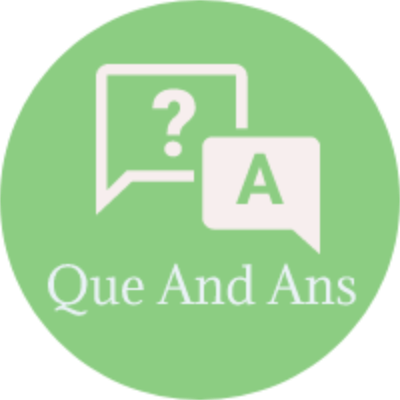Operating System – File types and File access Methods Long Questions Answers
 Here in this section of Operating System Long Questions and Answers,We have listed out some of the important Long Questions with Answers on File types and File access Methods which will help students to answer it correctly in their University Written Exam.
Here in this section of Operating System Long Questions and Answers,We have listed out some of the important Long Questions with Answers on File types and File access Methods which will help students to answer it correctly in their University Written Exam.Lists of Long Descriptive type Questions that may be asked in Written Exams.
- (1) Writes short notes on file types and file access
Question-1 Writes short notes on file types and file access
File Types
Regular File
- Regular files are the ones that contain user information.
- Regular file, as a randomly accessible sequence of bytes, has no other predefined internal structure.
- Application programs are responsible for understanding the structure and content of any specific regular file.
Directories
- Directories are system files for maintaining the structure of the file system.
- To keep track of files, file systems normally have directories or folder.
ASCII files
- ASCII file consists of line of text.
- Advantage of ASCII files is that they can be displayed & printed as it is & they can be edited with ordinary text editor.
- If number of programs use ASCII files for input and output, it is easy to connect the output of one program to the input of another.
- C/C++/Perl/HTML files are all examples of ASCII files.
Binary Files
- Binary files contain formatted information that only certain applications or processors can understand.
- Binary files must be run on the appropriate software or processor before humans can read them.
- Executable files, compiled programs, spreadsheets, compressed files, and graphic (image) files are all examples of binary files.
Device Files
- Under Linux and UNIX each and every hardware device is treated as a file. A device file allows to accesses hardware devices so that end users do not need to get technical details about hardware.
- In short, a device file (also called as a special file) is an interface for a device driver that appears in a file system as if it were an ordinary file.
- This allows software to interact with the device driver using standard input/output system calls, which simplifies many tasks.
Character Special Files
- It is a type of device file which talks to devices in a character by character (1 byte at a time).
- Character Special files are related to input/output and use to model serial I/O devices, such as terminals, printers, and networks
Block Special Files
- It is a type of device file which talks to devices 1 block at a time (1 block = 512 bytes to 32KB).
- Block special files are used to model disks, DVD/CD ROM, and memory regions etc.
File Access Methods
- Sequential File Access
- In Sequential access, process could read all the bytes or records from a file in order, starting at the beginning, but could not skip around and read them out of order.
- Sequential files could be rewound, however, so they could be read as often as needed.
- These files were convenient when the storage medium was magnetic tape or CD-ROM.
- Random File Access
- Files whose bytes or records can be read in any order are called random access files.
- Random access files are essentials for many applications, for example, data base systems.
- If an airline customer calls up and wants to reserve a seat on a particular flight, the reservation program must be able to access the record for that flight without having to read the records for thousands of other flights.